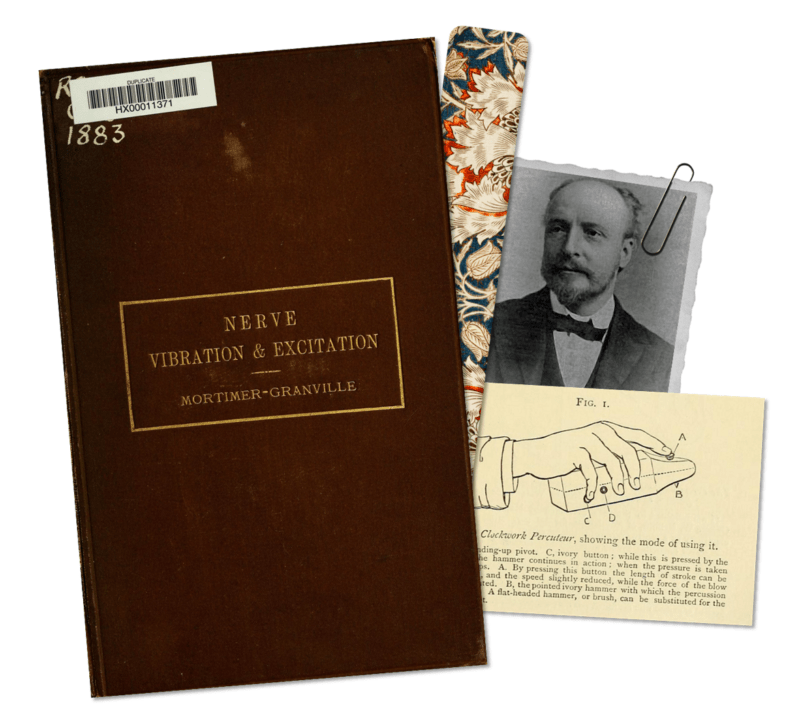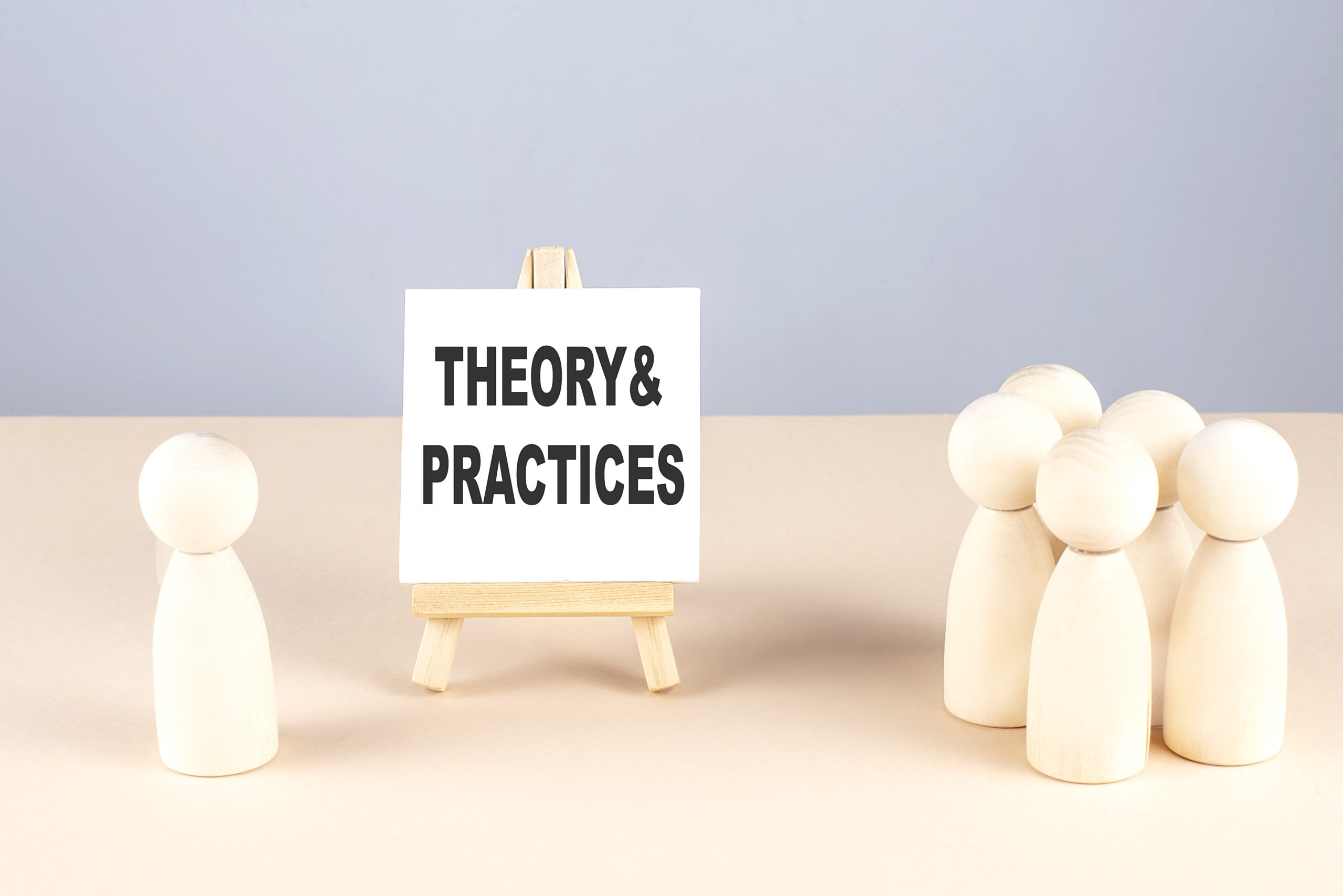Original article (in Serbian) was published on 13/12/2022
In previous years, more than 20 media reported that the vibrator was created to treat hysterical women because orgasm – as stated – was then the “only cure” for hysteria. According to this theory, hysteria in women has been treated by masturbation since ancient times, but later under the influence of Christianity, this method became notorious: masturbation was considered “dangerous to the body and mind”. The optimal solution – if this story is to be believed – was found in the 19th century in the form of a vibrator, and doctors and midwives carried out the “therapy”.
However, this theory is false for several reasons. The history of vibrators, as well as the treatment of hysteria, is much less shocking and interesting. This myth has been misrepresented in the English-language media for years and has already been deconstructed by The Guardian (2014), The Atlantic (2018), BBC (2020), Science Alert (2020) and The New York Times (2021).
Granville’s massage device
The vibrator was invented at the end of the 19th century by the British doctor Joseph Mortimer Granville to massage different parts of the body and treat various health conditions, and its original purpose did not include masturbation. “My research arose from the search for means to relieve the unbearable pain of neuralgia”, Granville states in his book “Nerve-vibration and excitation as agents in the treatment of functional disorder and organic disease”. In this book, various applications of vibrators are mentioned (alleviation of headaches, stiffness and uncontrolled movements), but nowhere in this context is a hysterical paroxysm mentioned.

The BBC explains in its article that there is no evidence that vibrators were used for sexual pleasure before 1900. Commercial sales were launched at the beginning of the 20th century, and the vibrator became implicitly recognised as a sexual aid. Also, in an article published by the British public service, it was stated that vibrators, as we know them today, appeared in the fifties of the last century.
The gentleness of a steam engine
The theory about vibrators and the treatment of hysteria has no substance because doctors used vibrators to bring women to orgasm without knowing that they were causing sexual pleasure. Historian Fern Riddell explains in her article in the Guardian that “vibrators from the Victorian period had nothing to do with sex. They were used for massage, not masturbation. The idea that a device that spins with a loud hum and hits you with the same ‘tenderness’ as a steam engine will bring a woman to orgasm just has no substance”.
The most important proof that this myth is invalid was provided by researchers Hallie Lieberman and Eric Schatzbergin in 2018. In their scientific work, they checked the statements from the historian Rachel Maines’ book “The Technology of Orgasm” from 1999, from which originates the myth of female masturbation as an established cure for hysteria as the idea of the creation of vibrators. Lieberman and Schatzberg investigated the sources cited by Maines. They concluded that the data had been misinterpreted: “Maines claims that doctors’ hands and wrists grew tired from masturbation, so they turned to vibrators to mechanize the process. Her sources do not support the claim that manual clitoral massage was time-consuming and difficult, nor that the practice was widespread in the 19th century, nor that vibrators were used to speed up the process”.
A very popular lie
When Rachel Maines was asked about the results of the verification of her bestseller, she said that she presented her idea more as a theory, a hypothesis, and that she did not intend for people to understand it as unquestionable truth. The disputed book, however, received as many as three awards, contributing to the unfounded assumption’s visibility and virality. Based on the book, a theatre play and a documentary were produced, as well as the film Hysteria (2011), which was advertised as a “film based on a true story”.
This history of vibrators – which will turn out to be false – has been reported by domestic media since 2008. Through the search, we found texts on the following web portals: Mondo, then Svet plus and Opusteno (2010), B92, 021, Mind Readings, Medias (2012), Telegraf, Blic zena, Na dlanu, Kultur!Kokoska (2013), Blic, Vesti.rs (2014), Telegraf, Lepota i zdravlje (2015), Lola Magazin, Moja Medicina (2019), Prva.rs (2021), and this year Krstarica, Kurir, Telegraf, Vice, Lekar Info, Femina, Sexy Shop, Wannabe Magazine and Luftika. On the other hand, B92 and Alo reported that the mentioned story was false.



